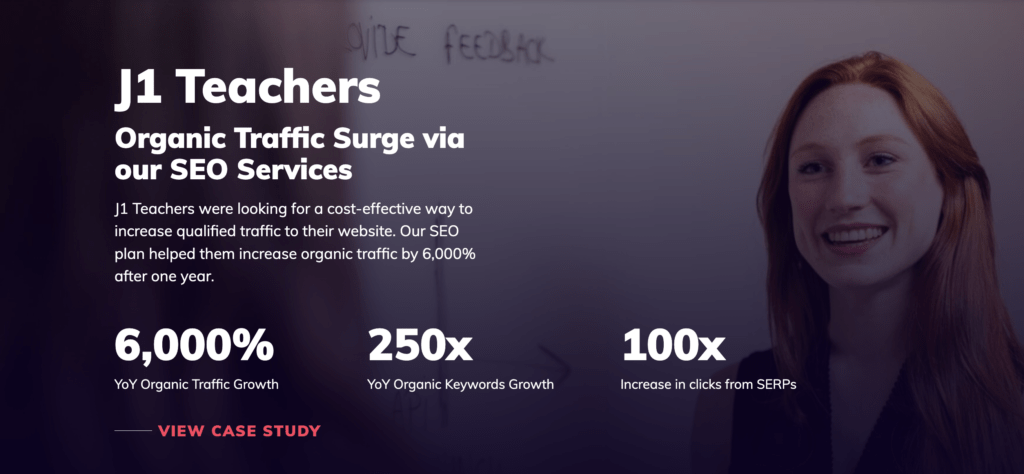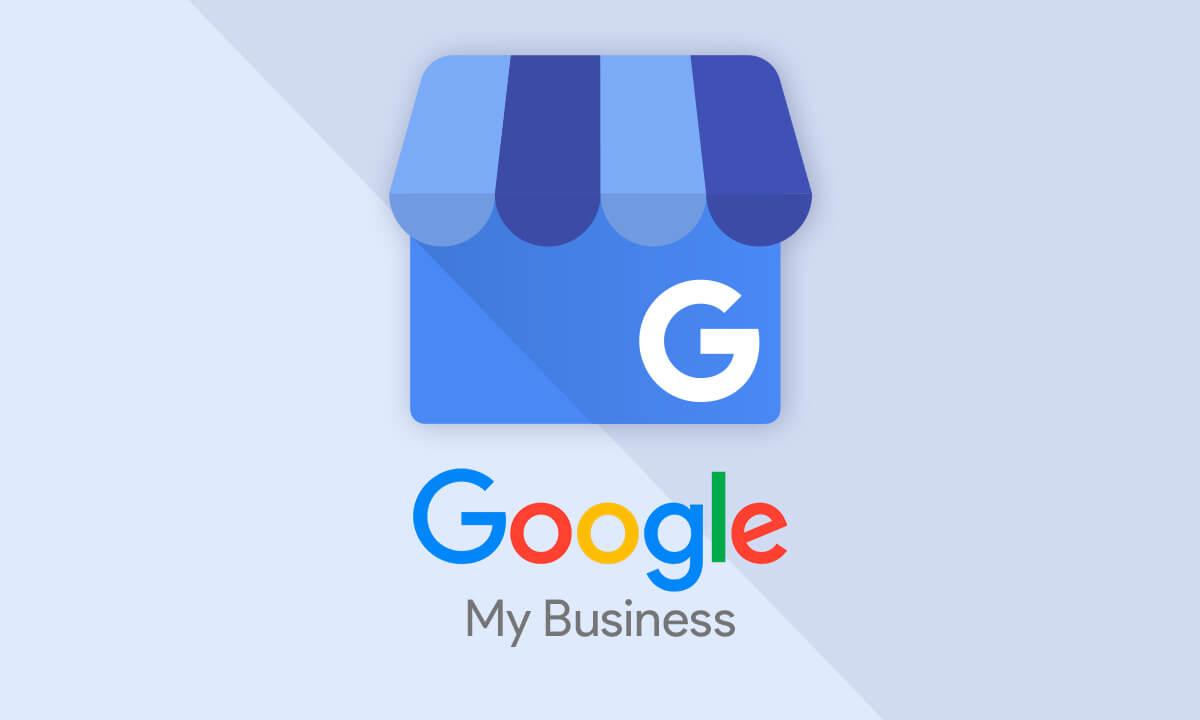SEO Copywriting to Double Website Traffic for Professional Service Businesses
Engaging copywriting in the professional services sector captivates and persuades the audience with its eloquence and industry-specific knowledge. However, without SEO, this valuable content can get lost in the crowded digital landscape, like burying a business proposal in a sea of paperwork.
On the other hand, without engaging copywriting, SEO efforts for professional services might attract traffic but fail to convert leads effectively, similar to having a polished presentation with dull content.

To maximise the impact of digital marketing in the professional services industry, it’s essential to balance captivating copy and strategic SEO practices. This combination ensures the business not only attracts the right audience but also convinces them of the value and expertise offered.
In this article:
Crafting Content for Search Engines and Humans
The essence of SEO lies in creating content that not only satisfies search engine algorithms but also resonates with human readers.
High-quality SEO copywriting embodies this principle by delivering content that is not only optimised for keywords but is also compelling, informative, and relevant to the target audience.
By striking this delicate balance, businesses can improve their search engine rankings while also building brand authority and trust among users.
Leveraging Target Keywords Strategically
When it comes to crafting content for both search engines and humans, there are a few key strategies to keep in mind.
First and foremost, it’s important to conduct thorough keyword research to identify the terms and phrases that your target audience is searching for.
By incorporating long-tail keywords naturally into your content, you can improve your chances of ranking higher in search engine results pages (SERPs).

However, keyword stuffing – the practice of excessively using keywords in order to manipulate search engine rankings – should be avoided at all costs. Not only does this make your content sound robotic and unnatural, but it can also result in penalties from search engines.
Instead, focus on creating high-quality, engaging content that provides value to your readers.
In addition to incorporating long-tail keywords, it’s also important to structure your website content in a way that is easy for both search engines and humans to navigate.
This includes using headings and subheadings to break up your text, as well as bullet points and numbered lists to highlight key points.
More on the pitfalls of keyword stuffing here:
Elevating User Experience Through Quality SEO Copywriting
At its essence, SEO revolves around providing users with the most optimal experience.
Quality SEO copywriting is fundamental to achieving this objective, as it entails crafting content that is not only informative and captivating but also user-friendly and accessible.
Every facet of SEO copywriting, from attention-grabbing headlines and engaging introductions to concise calls-to-action and intuitive formatting, contributes to enhancing user experience and stimulating interaction with the content.
Website Copywriting Tips
Enhancing your website’s copy is essential for engaging visitors, improving search engine visibility, and driving conversions. Here are some effective strategies to elevate your website copywriting:
1. Compelling Headlines
Headlines serve as the gateway to your content, enticing users to delve further. Compelling headlines not only capture attention but also provide a clear indication of what the content offers.
Incorporating relevant keywords into headlines can also improve search engine visibility while ensuring alignment with user expectations.
The difference between a good headline and a bad headline can be just massive. It’s not a rounding error. When we test headlines we see 20% difference, 50% difference, 500% difference. A really excellent headline can make something go viral.
Upworthy
2. Captivating Introductions
The introduction sets the tone for the entire piece of content. A captivating introduction draws readers in, establishing relevance and piquing curiosity.
By addressing the user’s needs or pain points upfront, you establish rapport and encourage continued engagement with the content.
A brief introduction can help users better understand the rest of the page. Even if they skip it initially, they might return later if it doesn’t look intimidatingly long and dense.
Nielsen Norman Group
3. Clear Calls-to-Action (CTAs)
Effective SEO copywriting includes clear and actionable CTAs that guide users towards the desired outcome, whether it’s making a purchase, signing up for a newsletter, or exploring related content. CTAs should be concise, persuasive, and positioned strategically within the content to maximise user response.
Changing the colour and shape of an opt-in button can improve conversions by 35.81%, and changing the button text from “Start your free 30-day trial” to “Start my free 30-day trial” can increase click-through rates.
Unbound
More on the characteristics of CTAs that convert here:
4. User-Friendly Formatting
Formatting plays a crucial role in enhancing readability and user experience. Utilise bullet points, subheadings, and short paragraphs to break up text and make SEO content more digestible.
Additionally, ensure proper spacing and use of white space to prevent overwhelming users and facilitate skimming.
During the study, 15 participants always approached unfamiliar Web text by trying to scan it before reading it. Only 3 participants started reading text word by word, from the top of the page to the bottom, without scanning. Elements that enhance scanning include headings, large type, bold text, highlighted text, bulleted lists, graphics, captions, topic sentences, and tables of contents.
Nielsen Group: how users read on the web
5. Engaging Content Structure
Organise your content logically and coherently to guide users through the information smoothly.
Use headings and subheadings to delineate different sections, making it easy for users to navigate and find relevant information.
Incorporate visual elements such as images, videos, and infographics to enhance engagement and break up text-heavy content.
Tips for Images:
- Choose high-quality images that are relevant to your content and support your message.
- Use images to illustrate complex concepts or ideas.
- Use images to add visual interest and break up large blocks of text.
- Optimise images for web use to ensure fast loading times.
- Use alt tags to describe images for accessibility purposes.
Tips for Videos:
- Keep videos short and to the point, ideally under 2 minutes.
- Use videos to explain complex concepts or ideas.
- Use videos to add a personal touch and connect with your audience.
- Optimise videos for web use to ensure fast loading times.
- Use captions or subtitles to make videos accessible to a wider audience.
Tips for Infographics:
- Use infographics to present data or statistics in a visually appealing way.
- Keep infographics simple and easy to read.
- Use clear and concise language.
- Use charts, graphs, and other visual elements to make data more engaging.
- Optimise infographics for web use to ensure fast loading times.
6. Optimised Length and Clarity
Strive for a balance between comprehensive coverage of the topic and concise communication.
Avoid unnecessary verbosity and aim for clarity and conciseness in your writing.
Users appreciate content that delivers value efficiently without overwhelming them with unnecessary details.
7. Keyword Integration
Seamless integration of keyword phrases into content enhances search engine visibility without compromising readability or natural flow, thereby maximising user engagement and satisfaction.
More on how to find relevant keywords using AI tools here:
How to Optimise Metadata for Effective SEO and User Engagement
In addition to creating high-quality content, optimising metadata is a vital component of a successful SEO strategy.
Metadata refers to the information displayed on search engine results pages (SERPs), offering users a concise preview of webpage content through meta titles and descriptions.
1. Crafting Compelling Meta Titles
Meta titles are clickable headlines on SERPs. They should accurately represent the content of the page while also enticing users to click through to your website.
To craft compelling meta titles that can potentially double your website traffic, consider the following strategies:
- Incorporate Relevant Keywords: Including relevant keywords in your meta titles can improve your content’s visibility in search engine results. This can help attract more targeted traffic to your website.
- Avoid keyword stuffing: Ensure that the title reads naturally and is compelling to human readers.
- Use Emotional Titles: Emotional titles tend to be effective in capturing readers’ attention and enticing them to click through to your content.
- Include Numbers: Incorporating numbers in your meta titles can help attract more clicks. For example, “10 Warning Signs of Bad SEO Companies” is more likely to attract attention than a generic title.
- Utilise Power Words: Power words are persuasive and evoke emotions. Incorporate “power words” in your titles to create curiosity and make readers eager to learn more. Examples of power words are: best, top, proven, exclusive, easy, and unique.
Learn more: Google developer’s guide on title links
2. Writing Engaging Meta Descriptions
Meta descriptions provide users with a summary of the content they can expect to find on a webpage.
Like meta titles, meta descriptions should accurately reflect the content while also encouraging users to click through.
While meta descriptions do not directly impact search engine rankings, they can significantly influence click-through rates.
To write engaging meta descriptions that can potentially double website traffic, follow these key tips:
- Optimise for SEO: Use relevant keywords naturally within the meta description to improve visibility.
- Be Concise: Keep your description short (within 160 characters) to quickly convey what the page offers.
- Share Benefits: Explain why visitors should click through with compelling benefits like discounts or special offers.
- Include Calls To Action: Use action-oriented phrases like ‘Learn More’ or ‘Sign Up Today’ to encourage clicks.
- Use Unique Content: Ensure each meta description is unique to avoid duplicate content issues.
- Create a Sense of Urgency: Highlight time-sensitive offers to instil urgency in users.
- Offer Value or Benefits: Communicate the value users can gain by visiting your page.
- Incorporate Numbers or Statistics: Use specific numbers to make the description more compelling.
- Use Emotional Triggers: Appeal to users’ emotions with evocative language to increase interest.
- Optimise for Mobile Users: Keep descriptions concise and tailored for mobile screens.
Learn more: Google’s best practices for creating quality meta descriptions
Additional Recommendations
For further enhancement of metadata and overall SEO strategy:
- Incorporating Relevant Keywords: Conduct keyword research to identify terms relevant to your target audience and integrate them naturally into metadata for improved SEO.
- Maintaining Consistency Across Pages: Ensure consistency between meta titles, descriptions, and webpage content to build trust with users and search engines.
- Regularly Reviewing and Updating Metadata: Monitor website performance and adjust metadata as needed to align with evolving search engine algorithms and industry trends.
By optimising your metadata through SEO copywriting, you can improve your website’s visibility in search engine results pages and attract more organic traffic.
Case Study: Transformative Impact on J1Teachers’ SEO Metrics
Explore the remarkable transformation in all of J1Teachers’ SEO metrics after transitioning from their previous SEO agency to our Affordable SEO Package.

Unlock the Power of SEO Copywriting Services
Maximise your SEO strategy with our tailored copywriting solutions. Beyond just boosting search engine rankings, our services enhance user satisfaction and engagement.
With expertise in crafting captivating headlines, structuring reader-friendly content, and implementing effective CTAs, we ensure your website stands out and drives meaningful results.
Partner with us to harness the full power of SEO copywriting and propel your business services to new heights.
Agile is an independent Digital Marketing Agency headquartered in London, specialising in web design and search engine optimisation. Our proficiency is underscored by several HubSpot Certifications, and we take pride in being recognised as a 2023 Global Award Winner for SEO by Clutch. At the heart of our success lies a team that seamlessly navigates the intersection of technology and marketing, ensuring innovative and impactful solutions for our clients.
Related
Articles


